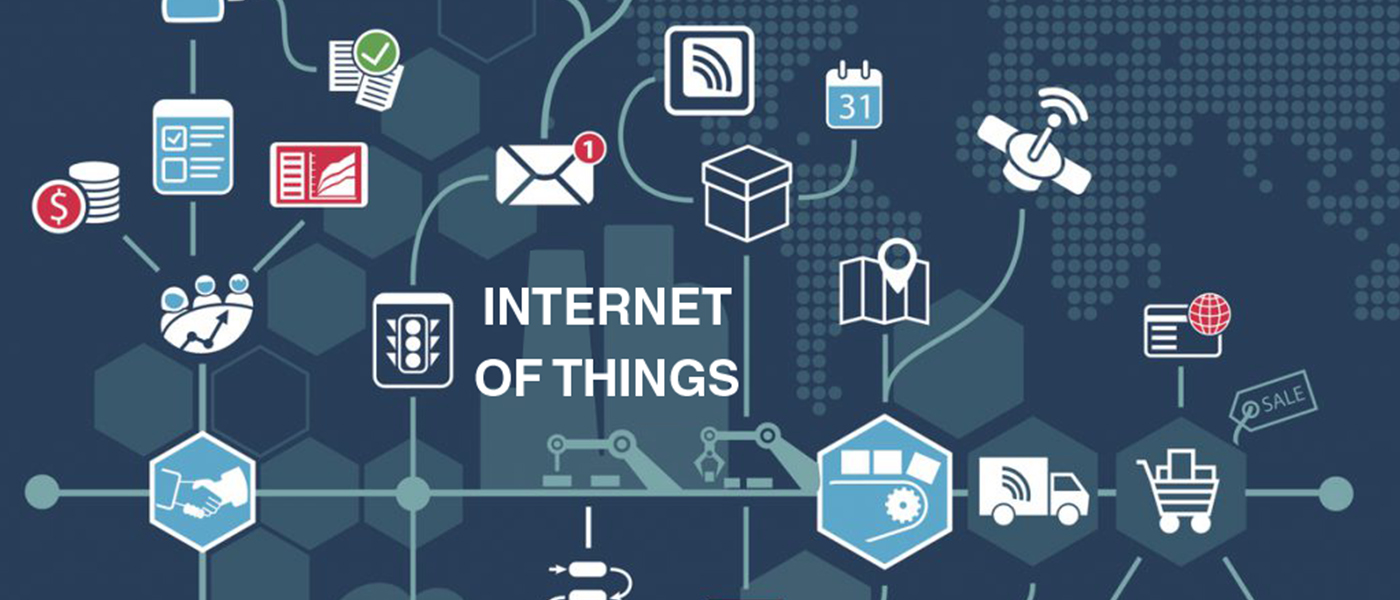Advances in embedded computing on faster, smaller platforms offering greater functionality combined with systems connectivity supported by data identification, aggregation and mining is what’s driving the IoT marketplace today.
As connected device manufacturers consider adding smart appliances to their product lines, so they need to ask themselves an important question: “Do they have the specialized technical expertise to successfully connect, scale and secure the devices for the Internet of Things (IoT)?” Experts forecast that up to 200 billion “smart” devices may be connected globally by 2020.

The key practices which needs to be followed while designing the connected devices are:
- Prioritize Security
Security in IoT implementations should be a crucial part either throughout the device design and manufacturing phase or in the initialization phase or a product update. There are requirements for focused IoT PKI (Public Key Infrastructure) platforms in order to present the scalability and dependability required from potential implementations of networked devices and to mitigate the risks associated with networked devices. PKI has been the backbone of Internet security since its origin with the utilization of digital certificates. While every IoT device varies in its utilization and implementation, PKI offers versatile operation options in order to cater to the critical authentication and encryption capabilities of unique devices. Modern-day PKI is secure and can’t be simulated when using current-day cryptography. PKI provides the core competence and distinctive values to facilitate dependable connections between networked devices, smart infrastructure, cloud services, and “things.” Choosing the right Certificate Authority with specialized systems, business knowledge, and industrial proficiency must be a key consideration during the IoT vendor selection process and security development.
Identity and access management (IAM) is the security discipline that enables the right individuals to access the right resources at the right times for the right reasons. With role-based access control (RBAC), access to these resources is provided uniformly to individuals through roles that relate to characteristics such as the individual’s job function. Role-based access control (RBAC) delivers a streamlined user-access experience for the business users and a tightly restricted access. RBAC can improve the effectiveness and efficiency of existing IAM efforts.
- Use open standards-based IoT solutions
Transition to Open standard-based IoT is needed to assist the organizations to scale back the marketing time, to boost security and to extend the align expectation with the corporate. The challenges of enterprises IoT implementations typically stem from the existence of multiple IoT solutions dedicated to separate use cases inside one organization. To resolve the issue of interoperability and mismatched requirements a standard based approach is essential where a standard, IoT industry can direct to compatible and end-to-end integration as the solution providers, IT organization and device manufacturers can expect common requirement and implementation solution. So by using an Open standard based IoT solution one can achieve End – to – end integration where all aspects of the enterprise IoT network just like the sensors, wireless controllers switches, and others can be tightly integrated, reducing replication and as more solutions are obtainable; the implementation becomes quicker, secure and easier.
List of open standards for IoT communication protocols
- OPC-UA: OPC Unified Architecture is an industrial machine-to-machine (M2M) communication protocol for interoperability
- AMQP: The Advanced Message Queuing Protocol for application layer protocol in message-oriented middleware
- CoAP: The Constrained Application Protocol (CoAP) is a specialized web transfer protocol for use with resource constrained devices and networks (in IoT)
- XMPP: Extensible Messaging and Presence Protocol is a communications protocol for message-oriented middleware
Better privacy and security solutions will be achieved with these standards and will additionally direct to an increased peer review which leads to higher quality solutions. Due to open standards as all solution co-exists on a single infrastructure, supplicate equipment, data and policies are eliminated, leading to increased operational and decreased total cost ownership.
Design for secure over-the-air (OTA) system updates
Deploying software updates mitigates against growing security risks. The ability to deploy new features over-the-air (OTA) without having to recall the complete device fleet will save manufacturers substantially on the pricing. The capability to remotely update firmware opens up a new attack vector for hackers. To prevent reprogramming, the authenticity and integrity of the firmware need to be protected. Firmware over the Air (FOTA) is a cost-effective, reliable, and secure method for updating connected devices. This makes sure that the firmware is derived from a trusted source and that it has not been customized. There are several other methods of implementing such protection (e.g. HMAC, CMAC, or a digital signature). With integrity checking, the communication channel over which the firmware images are received will be protected to prevent commonly used “man-in-the-middle” attacks.
Work with a leading IoT solutions and service provider
For almost every connected device manufacturer, it makes sense to buy this expertise from an established IoT platform vendor than to try to assemble all the IoT expertise needed—and then to make sure you stay up-to-date on fast-changing security practices, networking protocols, user experience design and other IoT necessities.
At VOLANSYS we work with varied products and platforms for enhancing the products in the M2M ecosystem and to present a smart, protected and connected understanding for enterprises. Only dexterous minds can build novel ideas and provide insight to enterprises on the right IoT solutions to reap the benefits of Machine-to-Machine/IoT technology. The IoT solutions created by us guarantees to create new businesses and new sources of operational efficiencies. To know more dial us on +1 510 358 4310 or drop us a mail on [email protected].









